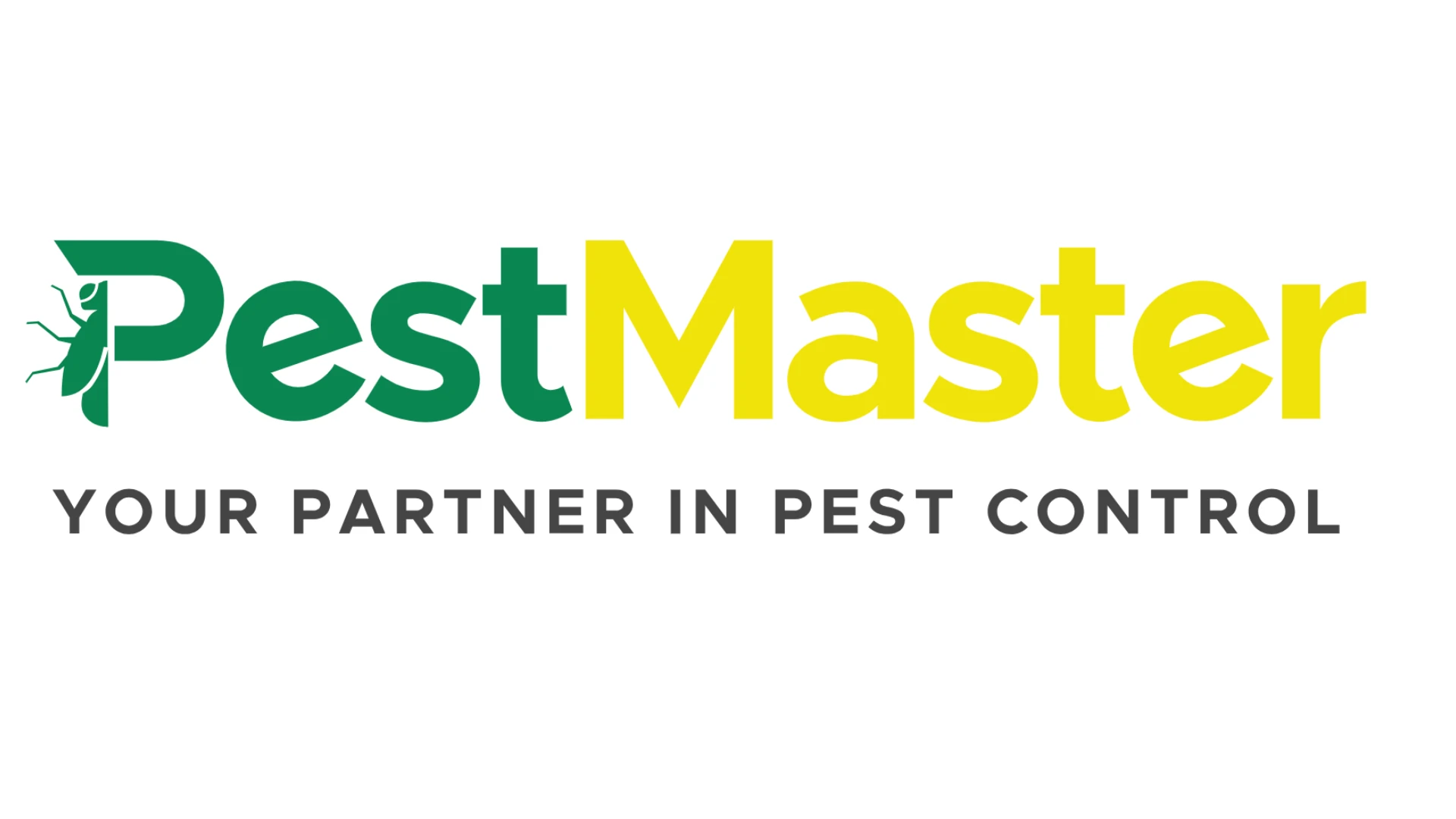From time to time I get e-mails about some of the answers that appear in this Problems & Solutions column. Here I’ll review a few of these responses because they relate to some general overall pest situations that just may have common solutions.
First, in one answer I wrote about the Indian meal moth. I spelled the insect as "Indianmeal moth" and was corrected as the entomological texts have listed it as two words. IMM is correctly written as "Indian meal moth." My apologies to all IMMs that read.
Another answer dealt with brown dog ticks, but I feel it is good to also discuss this one as brown dog ticks and fleas. (I have to ask…do brown dog ticks infest white dogs?) I had several calls, faxes and e-mails in 2003 about difficulties in controlling ticks and fleas. Remember how important it is to have a positive ID because in one case I suspect the reader was dealing with misidentified bed bugs.
Anyway, the use of insect growth regulators (IGRs) on these arthropods works well. Inside applications — especially early in flea and tick season — may head off recurring problems later. This is what many pest management professionals did to head off retreats when they used to have flea accounts.
However, today it is hard to imagine that animals treated with any of the on-animal treatments would have a flea or tick problem. Sometimes, animals may pick up ticks or fleas outside and bring them indoors. And once seen by the customer, he or she "decides" that the animal is infested. It is always good to investigate further and try to find some live specimens and where they may be located within the structure. Pest management professionals should remember that outside applications are a different story. Historically, insect growth regulators have not held up well outside.
Another question I answered about spiders had the following reaction. (It did not come from a pest management professional but rather from another authoritative group that homeowners often look to for answers to pest problems.) The implication was that maybe we now have a higher population of spiders because we have lost some organophosphate lawn chemicals. This is an interesting idea. I have recently seen in the media that perhaps bed bug problems are growing because we lost some chemicals we used in the past (i.e., DDT, chlordane and cyanide.)
This discussion is without substance. I know of no resistance to the insecticides pest management professionals use to control spiders or bed bugs. If this data is published somewhere, please send it to me! Also, I did not know that many of the spider problems we have around structures were related to lawn care. Yes, I know there are spiders there but if I remember the answer I wrote, we were discussing pests like orb weavers, etc. Besides, the pyrethroids we use on lawns today will kill spiders. Now if the suggestion was that we have changed formulations, that may have some merit regarding spider control.
As for bed bugs…a little retraining of technicians, showing them how to do crack and crevice applications again, may go a long way in resolving those problems. Our problem is selling the customer on the issue. Although I have learned that if a customer has a problem, they want you to get rid of it as fast and as permanently as possible for the least amount of money. What would this be? IPM?
Finally, I want to remind everyone about a couple of these issues. In my columns last year more than once the problems were "seasonal problems," i.e., ticks, carpenter bees, wasps nesting, etc. Now is the time to recall all of those retreatments and problem accounts, to get on the phone and start discussing methods to use this year (hopefully the same ones that finally worked last year) and head off those pesky calls from customers with recurring problems.
Keep those e-mails and faxes coming! Spring is on its way!
The author is president of George Rambo Consulting Services, Central, S.C. Fax questions to him at 864/654-2447 or via e-mail at grambo@pctonline.com.

Explore the March 2004 Issue
Check out more from this issue and find your next story to read.
Latest from Pest Control Technology
- Scorpion Launches Capacity Marketing Engine
- Petti Pest Control Owners Reflect on Finding Success as a Father-Son Duo
- Effective Mitigation of Crow Infestations
- Mosquito Control: Spraying vs. IPM
- Terminix Service's Leaders Inducted into South Carolina Business Hall of Fame
- Christner on Colorado's Preemption Roll Back on Business Growth
- How to Get Rid of Odorous House Ants
- Massey Services Promotes Herndon to Director of Sales for Multi-Family Division





